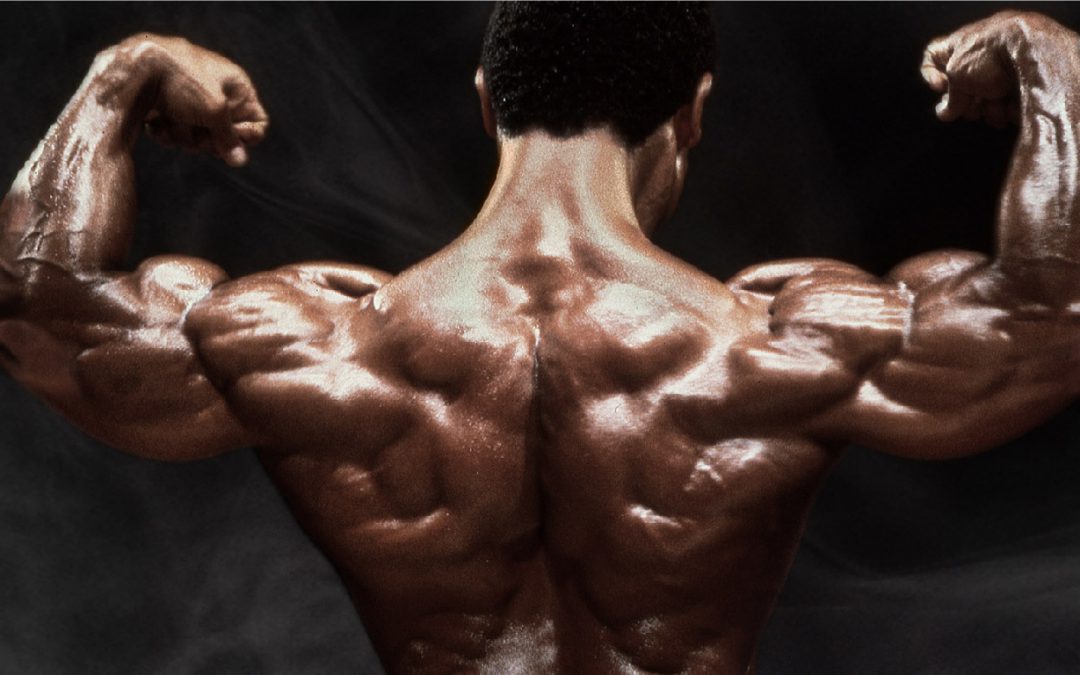
Classic bodybuilding
Men’s classic bodybuilding is a new sports discipline officially recognized by the Executive Committee and the IFBB Congress on November 27, 2005 in Shanghai (China). Classic bodybuilding meets the demands of men who, unlike most bodybuilders today, prefer to develop less muscle volume, but still have an athletic and aesthetic physique.
If the athlete cannot meet the weight/height criteria, then he will be disqualified.
Differences from conventional bodybuilding
The fundamental difference between classic bodybuilding and conventional bodybuilding is that they have different categories. Those. in regular bodybuilding weight classes, as in weightlifting. The athlete is not allowed to weigh more than the calculated weight. And in classic bodybuilding there are height-weight categories. Athletes in it are divided more by height than by weight. And there are certain weight norms depending on the height of the athlete. People of different heights can weigh differently too. This is the main advantage of classic bodybuilding. It is known that of two athletes, one of whom is short and the other is tall, but at the same time they weigh the same, the one that is short will win. Excessive muscle hypertrophy is impossible in classic bodybuilding.unlike the usual – therefore, classic athletes are not a huge mountain of meat, but athletes with a proportionally developed body. It values beauty, aesthetics, proportions, super-relief, super-dryness. These are perhaps the main criteria in classic bodybuilding.

Categories
At IFBB International Competitions, there are categories:
- up to 168cm;
- up to 171 cm;
- up to 175 cm;
- up to 180 cm;
- over 180 cm;
- Juniors up to 23 years old – one absolute category;
In classic bodybuilding competition among men, there are two categories:
- up to 175cm;
- over 175cm.
According to IFBB rules:
- up to and inclusive 170cm
maximum weight (in kg) = height (in cm) – 100 (+ 2kg)
for example: an athlete with a height of 170cm can weigh a maximum of 72kg
- up to and inclusive 175cm
maximum weight (in kg) = height (in cm) – 100 (+ 4kg)
for example: an athlete with a height of 175cm can weigh a maximum of 79kg
- up to and inclusive 180cm
maximum weight (in kg) = height (in cm) – 100 (+ 6kg)
for example: an athlete with a height of 180cm can weigh a maximum of 86kg.
- over 180 cm up to 190 cm
maximum weight (in kg) = height (in cm) – 100 (+ 8kg)
for example: an athlete with a height of 190cm can weigh a maximum of 98kg.
- over 190 cm up to 198 cm
Max. weight = height – 100 (permissible excess +9 kg)
for example: an athlete with a height of 191cm can weigh a maximum of 100kg.
- over 198 cm Max.

maximum weight (in kg) = height (in cm) – 100 (+ 10kg)
for example: an athlete with a height of 199cm can weigh a maximum of 109kg.
Juniors
Juniors up to 23 years old – one absolute category;
For juniors, classic bodybuilding:
- up to 168 cm (inclusive) Max. weight = height – 100 (permissible excess + 0 kg);
- up to 171 cm (inclusive) Max. weight = height – 100 (permissible excess + 2 kg);
- up to 175 cm (inclusive) Max. weight = height – 100 (permissible excess + 4 kg);
- up to 180 cm (inclusive) Max. weight = height – 100 (permissible excess +6 kg);
- up to 190 cm Max. weight = height – 100 (permissible excess + 8 kg);
- up to 198 cm Max. weight = height – 100 (permissible excess +9 kg);
- over 198 cm Max. weight = height – 100 (permissible excess +10 kg).
